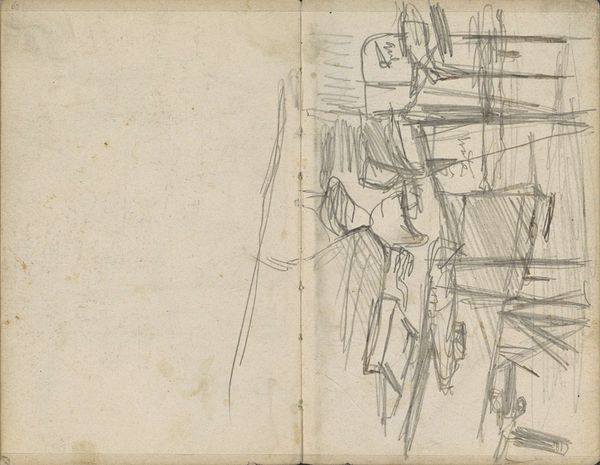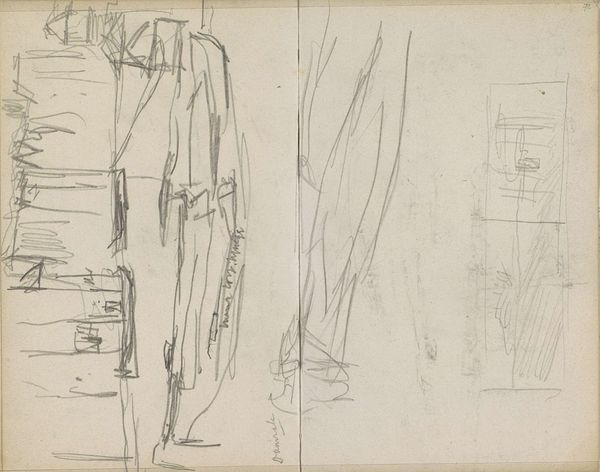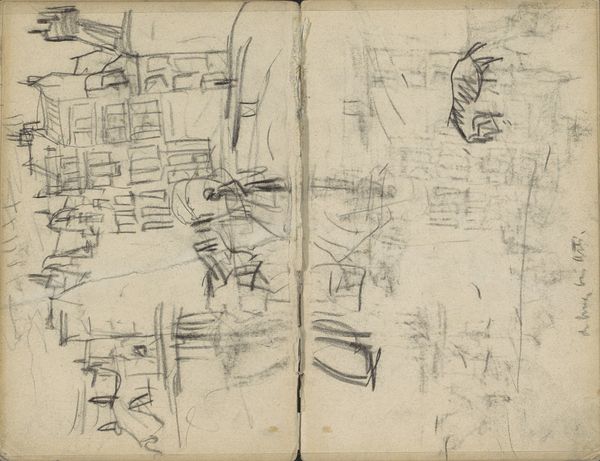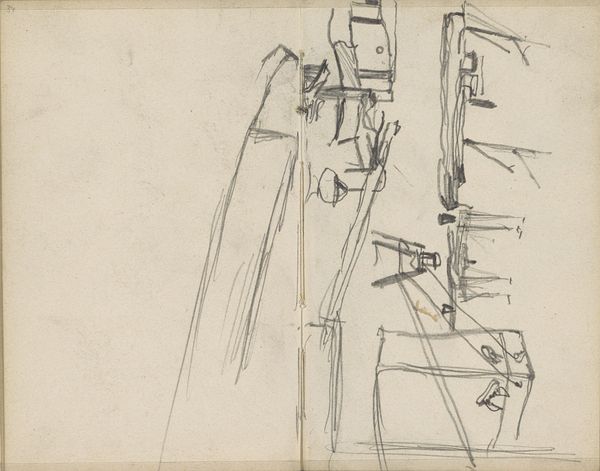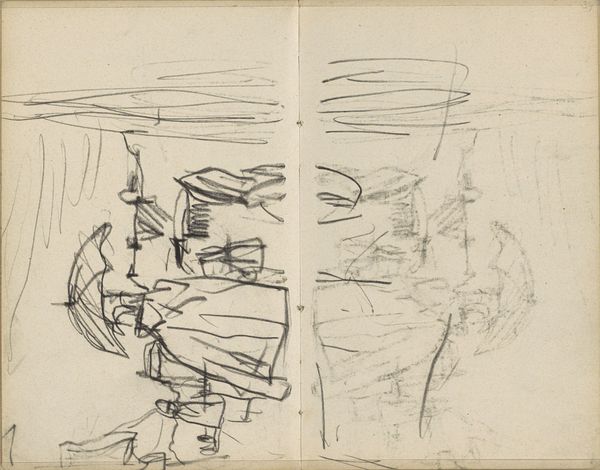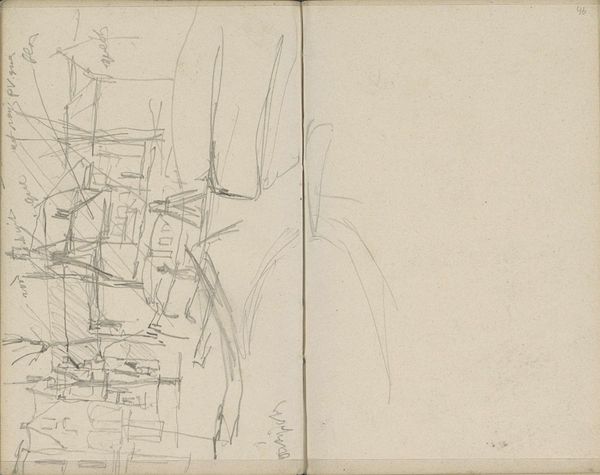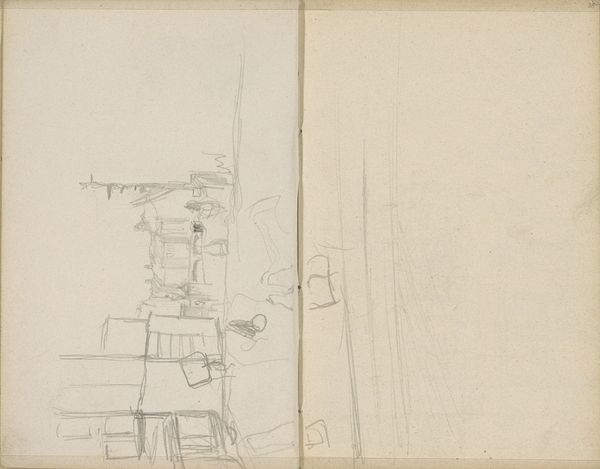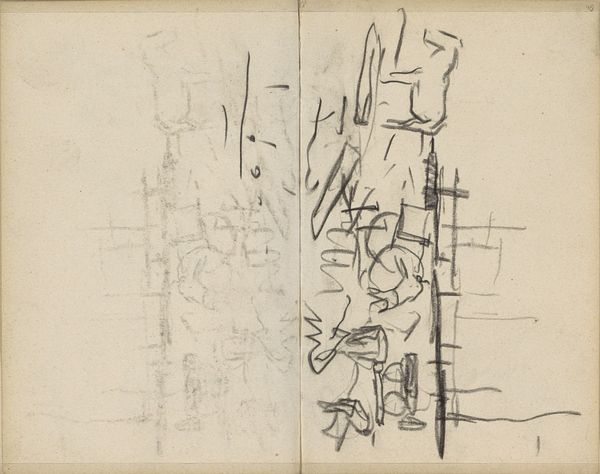
Gezicht in Amsterdam met een aangespannen paard c. 1886 - 1903
0:00
0:00
Copyright: Rijks Museum: Open Domain
George Hendrik Breitner sketched this view in Amsterdam with a horse-drawn carriage, using pencil on paper. The horse, captured mid-stride, is more than just a beast of burden. It symbolizes vitality and movement, echoing ancient equestrian statues from Rome to the Renaissance. Horses, throughout art history, are often associated with power and nobility. Think of the Roman emperors depicted on horseback, projecting authority and control. Here, though, Breitner's horse is part of the urban landscape, a worker, yet it retains a primal energy. This symbol of a horse, though, evolves. In the Renaissance, it signified triumph, but here, it merges with the industrial age. The collective memory of the horse is complicated: it's no longer just a symbol of the elite but an element of everyday life. This integration touches a subconscious chord, evoking feelings of progress mixed with nostalgia for a bygone era. The horse has a complex journey, a non-linear progression through the ages, constantly resurfacing and taking on new significance.
Comments
No comments
Be the first to comment and join the conversation on the ultimate creative platform.


